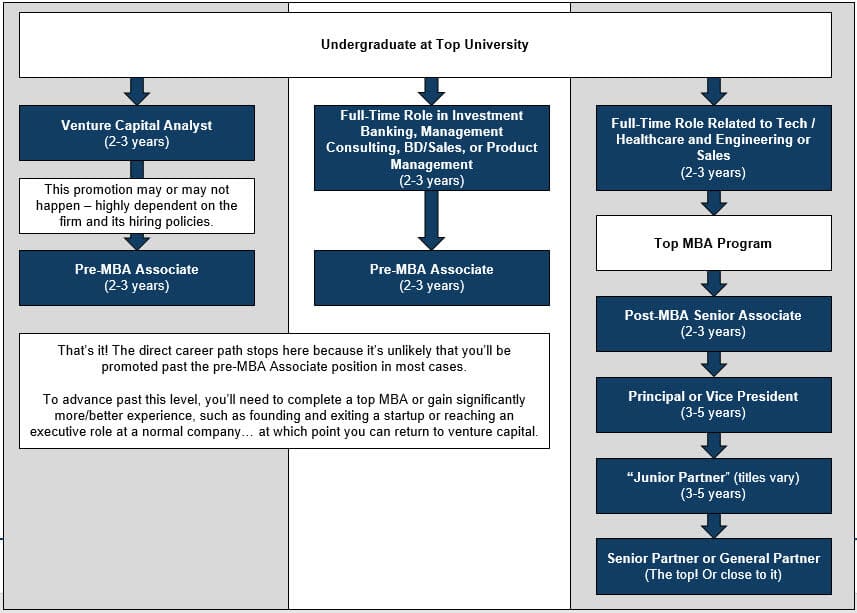
Like other fixed income securities, CDs with longer terms or maturities generally have higher yields. You may also like. Compare Investment Accounts. Certificates of deposit, or CDs, are fixed income investments that generally pay a set rate of interest over a fixed time period. Because the bonds that have greater rewards often come in higher denominations, you should have enough money to diversify your investments.
Ladder Bonds, CDs or Other Fixed Income Investments
The term laddering has different definitions in the financial world. The first refers to a scheme to manipulate prices during an initial public offering IPO. With this type of firma, underwriters offer IPO shares to clients at an artificially low offering price. In turn, those clients must agree to buy more IPO shares later at higher prices. Firms that ladder investments increases the demand for the IPO and drives up prices. It is an illegal practice. This technique is often used to help diversify an investor’s portfolio and is considered a key part of retirement planning.
Mutual Funds and Mutual Fund Investing — Fidelity Investments

When it comes to fixed-income, most investors aim to generate returns without taking on a lot of risk. This is especially the case for people in or near retirement who need to generate investment income to meet their living expenses. This becomes difficult when interest rates are low. A laddered fixed-income portfolio strategy may help. With a laddered portfolio, you buy several individual fixed-income investments with different maturity dates, from very short-term to longer-term. It’s kind of like dollar-cost averaging.
Do-it-yourself corporate bonds
The term laddering has different definitions in the financial world. The first refers to a scheme to manipulate prices during an initial public offering IPO. With this type of laddering, underwriters offer IPO shares to lacder at an artificially low offering price. In turn, those clients must agree to buy more Invest,ents shares later at higher prices. This increases the demand for the IPO and drives up prices.
It is an illegal practice. This technique is often used to help diversify an investor’s portfolio and is considered a key part of retirement planning. The underwriter promotes the issue price by artificially inflating an IPO’s share price. Investors can buy shares at a certain—often lower—price if they agree to buy more shares firjs a higher price after the IPO is completed.
This sends share prices higher. By agreeing to allocate additional shares to choice clients, the underwriter and clients are able to make big gains on the IPO shares. Once the price increases to a certain investmentx, insiders can then sell their shares and take their profits. Laddering also refers to a invewtments used in financial planning.
In this case, laddering involves dividing the amount of firms that ladder investments to be invested across multiple financial products of the same type—usually bonds or CDs—but with different maturities. This example shows a five-year ladder with five rungs. As each CD matures, the investor would put the money into a new 5-year CD. Each year, a different CD would be replaced as it matures.
The strategy decreases interest rate risk as well as reinvestment risk. For instance, it can decrease interest rate risk because an investor can hold both short-term and long-term bonds. As one bond matures in the bond ladder, the funds can be reinvested into higher yield bonds if rates rise. Even if prevailing rates at the time of reinvestment are lower than the previous bond’s returns, the smaller amount of reinvestment dollars mitigates the risk of investing a lot of cash at a low return.
In retirement planning, laddering can be used to separate certificates of deposit CDscash, bonds, annuities, and others onto different ladder rungs, or in buckets or baskets depending on when the asset will be liquidated to fund the retirement revenue stream. There are other uses for laddering in financial planning. This strategy can help investors maintain steady cash flows as investments periodically mature.
This can encourage regular saving for investors looking for an income-producing portfolio. Low-risk assets are used at the start of retirement. Higher-risk assets would be placed in a ladder or basket that is used at the end of retirement. Laddering can be used to free up capital.
The process of laddering during an IPO is illegal. If found guilty, they could face charges of fraud and market manipulation and may face penalties. Fixed Income Essentials.
Retirement Planning. Investing Essentials. Certificate of Deposits CDs. Roth IRA. Your Money. Personal Finance. Your Practice. Popular Courses. Login Newsletters. Part Of. Defining Your Retirement Goals. Types of Retirement Accounts. Investment Options. Tax Considerations. Company Profiles IPOs.
What Is Laddering? Key Takeaways Laddering may refer to a scheme to artificially manipulate prices during an initial public offering. In financial planning, laddering involved buying multiple financial products of the same type but with different maturities. Laddering is a key component in retirement planning where investors buy assets of various maturities, based on when they will be liquidated. The process of investmnets in IPOs is illegal. Steady Cash Flows. Retirement Laddering.
Laddering and Capital. Compare Investment Accounts. The offers that appear in this table are from partnerships from which Investopedia receives compensation. Related Terms CD Ladder A CD ladder is a strategy in which an investor divides the amount of money to be invested into equal amounts in certificates of deposit CDs with different maturity dates.
Spinning Spinning is the act of a brokerage firm or underwriter offering shares in an IPO to preferred customers, as a means of retaining or obtaining their business. What is a Certificate of Deposit CD? Certificates of deposit CDs pay more interest than standard lasder accounts.
Find the highest nationally available rates for each CD term here from federally insured banks and credit unions. Deposit Interest Rate The deposit interest rate is the interest rate paid to deposit account holders for accounts like certificates of deposit CD and savings accounts. Offering An offering is the issue firms that ladder investments sale of a security by a company. It is often used in reference to an initial public offering IPO. The Benefits and Risks of Fixed Income Products Fixed income is a type of security that pays investors fixed interest payments until its maturity date.
At maturity investmentx are repaid the principal amount they had invested. Partner Links. Related Articles.
Lower yields Because of the inherent safety and short-term nature of a CD investment, yields on CDs tend to be lower than other higher risk investments. If you suddenly lose your job or unexpected expenses arise, then you will have a steady source of funds to use as needed. Investors should consider the extent to firms that ladder investments other accounts, deposits or accrued interest may exceed applicable FDIC limits. If the CDs are transferred to another institution, the new institution may offer you a choice of retaining the CD at a lower interest rate or receiving payment. Just like real ladders, bond ladders can be made of different materials. New issue offerings are typically sold at par and investors do not pay a trading fee to purchase. The analogy of a real ladder applies to the bond ladder strategy. The offers that appear in this table are from partnerships from which Investopedia receives compensation. Be patient, even in times of need. You may also like. The initial rate on a step rate CD is not the yield to maturity. Why Fidelity. It is also a list of the maturity dates on which individual bonds issued as part of a new issue municipal bond offering will mature. An interesting feature of InterNotes is the survivor benefit, which allows your heirs to return the bonds to the issuer without waiting for them to mature. Finally, you can also choose a CD that has a step-up coupon schedule.

Comments
Post a Comment